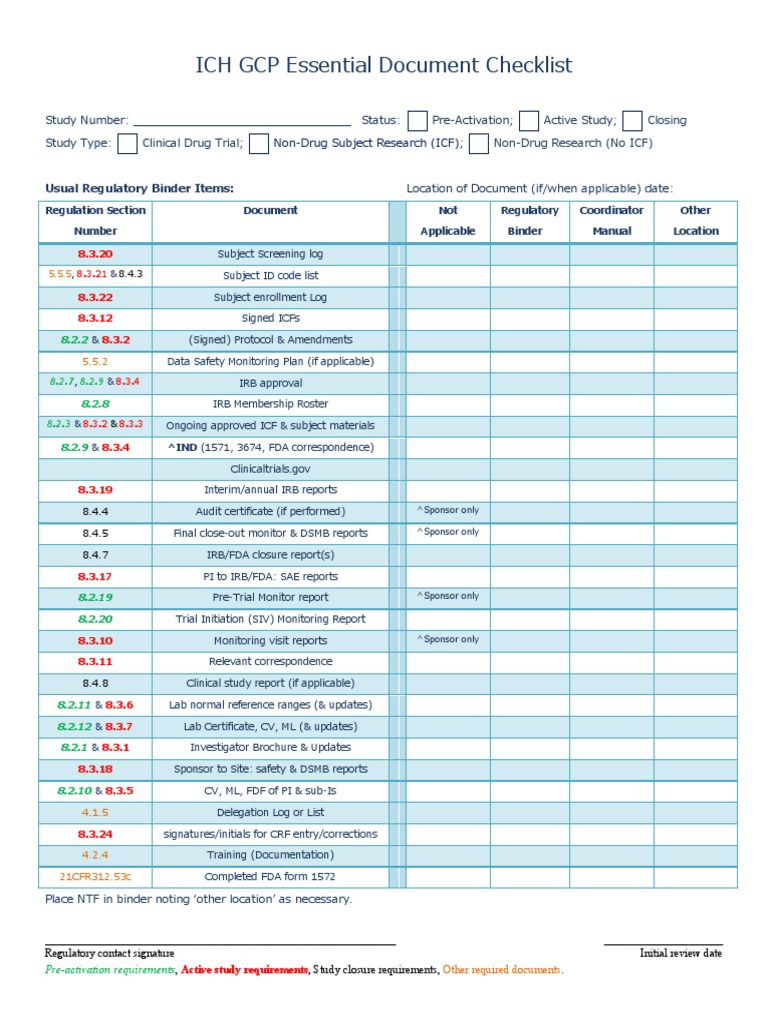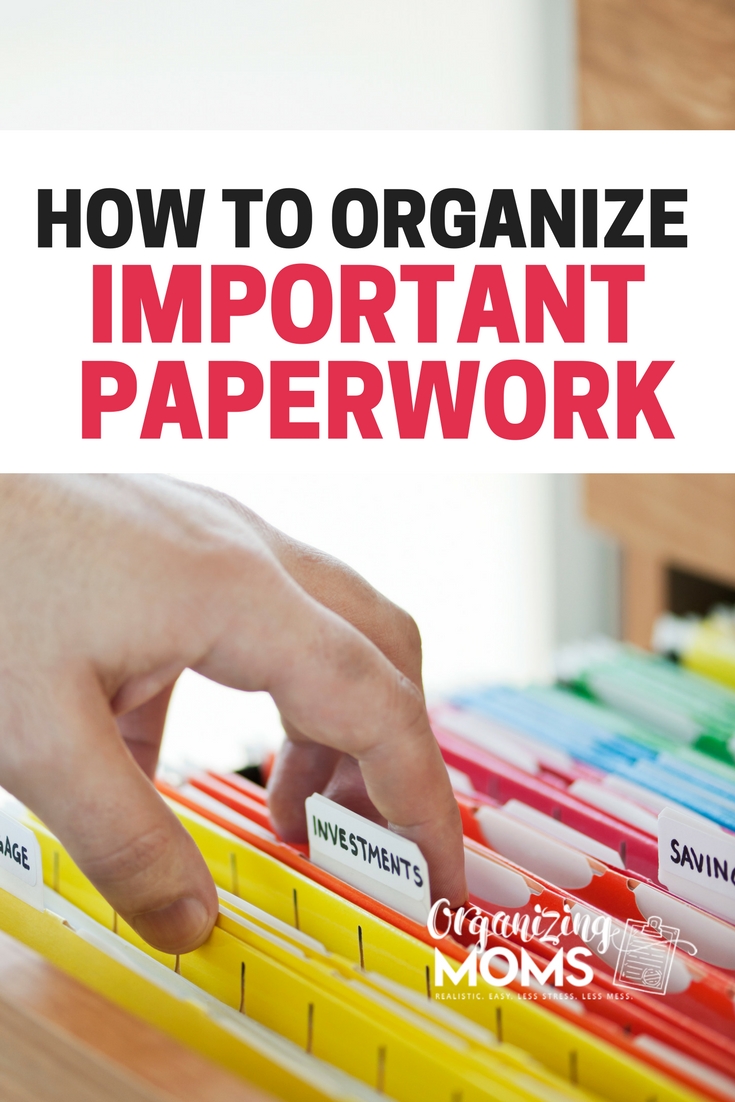5 Essential Documents Every Essential Worker Needs

Essential workers play a pivotal role in keeping our communities running smoothly, especially during challenging times. While these roles are invaluable, there's a set of documents that are equally essential for these workers to ensure their rights are protected, their jobs are secure, and they are well-informed about their roles and responsibilities. Here, we'll delve into these documents, providing insights on why they are necessary, what they should contain, and how they can benefit both the employee and the employer.
1. Employment Contract

The employment contract is the foundational document that formalizes the relationship between an employer and an employee. Here are the key elements that should be included in an employment contract:
- Parties Involved: Clearly state who the employer and employee are.
- Job Title and Description: Outline the position, duties, and responsibilities.
- Hours of Work: Define the expected working hours, including any overtime policies.
- Compensation: Detail the salary or hourly rate, payment schedule, and any bonuses or commission structures.
- Benefits: List health insurance, retirement plans, and other perks.
- Term of Employment: Specify whether the job is permanent, temporary, or at-will.
- Probationary Period: Describe any initial trial or assessment period.
- Leave Entitlements: Clarify vacation days, sick leave, and other absences.
- Termination Clause: Outline conditions under which the contract can be ended by either party.
- Confidentiality: Establish terms for protection of sensitive information.
- Non-compete Clause: Detail restrictions post-employment regarding similar work.
A well-drafted contract not only protects the employee's rights but also ensures that expectations are set, reducing potential conflicts or misunderstandings.
2. Health and Safety Policy

Every workplace should have a health and safety policy that includes:
- Risk Assessment: Acknowledgment of potential hazards and measures to mitigate them.
- Preventive Measures: Steps taken to ensure a safe working environment.
- Emergency Protocols: Procedures for emergencies, including evacuation plans.
- Training: Regular safety training sessions for staff.
- Accident Reporting: Clear guidelines on how to report accidents or injuries.
💡 Note: Ensuring that workers are aware of and understand the health and safety policy can drastically reduce the likelihood of workplace accidents.
3. Work Schedules and Roster

A dynamic work schedule is critical for essential workers, especially in sectors like healthcare, emergency services, and public transportation. Here's what should be included:
| Day | Start Time | End Time | Break Duration | Location |
|---|---|---|---|---|
| Monday | 8:00 AM | 4:30 PM | 30 minutes | Downtown Clinic |
| Tuesday | 8:00 AM | 4:30 PM | 30 minutes | Main Hospital |

Having a clear work schedule:
- Helps in planning personal life around work commitments.
- Reduces the chance of misunderstandings about work hours.
- Facilitates effective shift changes to maintain continuity of service.
4. Time Off and Leave Policies

A comprehensive leave policy is necessary to ensure workers have time to rest, recover, and deal with personal or family issues. Here's what it should cover:
- Vacation Leave: Entitlement to paid time off.
- Sick Leave: Time off when illness strikes.
- Parental Leave: Maternity, paternity, or adoption leave.
- Bereavement Leave: Time off for grieving and funeral arrangements.
- Public Holidays: Recognition of statutory holidays.
- Unpaid Leave: Procedures for taking unpaid time off.
🏆 Note: Well-crafted leave policies not only boost employee morale but also demonstrate an employer's commitment to their workforce's well-being.
5. Performance Reviews and Feedback Mechanisms

Performance evaluations are crucial for:
- Assessing job performance.
- Identifying areas for improvement.
- Planning professional development.
- Recognizing and rewarding excellence.
A structured feedback mechanism, which includes:
- Regular Meetings: Schedule for performance discussions.
- Performance Metrics: Key indicators of performance to be evaluated.
- Development Plans: Clear paths for professional growth.
Ensures employees are not only evaluated but also supported in their career progression.
In closing, these five documents play an integral role in fostering a healthy, transparent, and supportive work environment for essential workers. By ensuring these documents are comprehensive and well-understood, both employers and employees can benefit from a structured framework that not only outlines rights and responsibilities but also promotes well-being and professional growth. The emphasis on health, safety, work schedules, leaves, and performance evaluation fosters an atmosphere where essential workers can thrive, knowing their needs and rights are acknowledged and safeguarded.
Why is an employment contract important for essential workers?

+
An employment contract sets clear expectations between the employer and employee, detailing job roles, compensation, benefits, and other key aspects that are crucial for essential workers to understand their rights and responsibilities.
What should I do if my employer doesn’t provide health and safety documentation?

+
You should request these documents directly or seek guidance from relevant labor authorities or worker unions. Remember, it’s not just the employer’s responsibility; employee safety is a right.
How often should performance reviews be conducted for essential workers?

+
Performance reviews should be scheduled regularly, ideally at least annually, with interim discussions for feedback and development purposes.